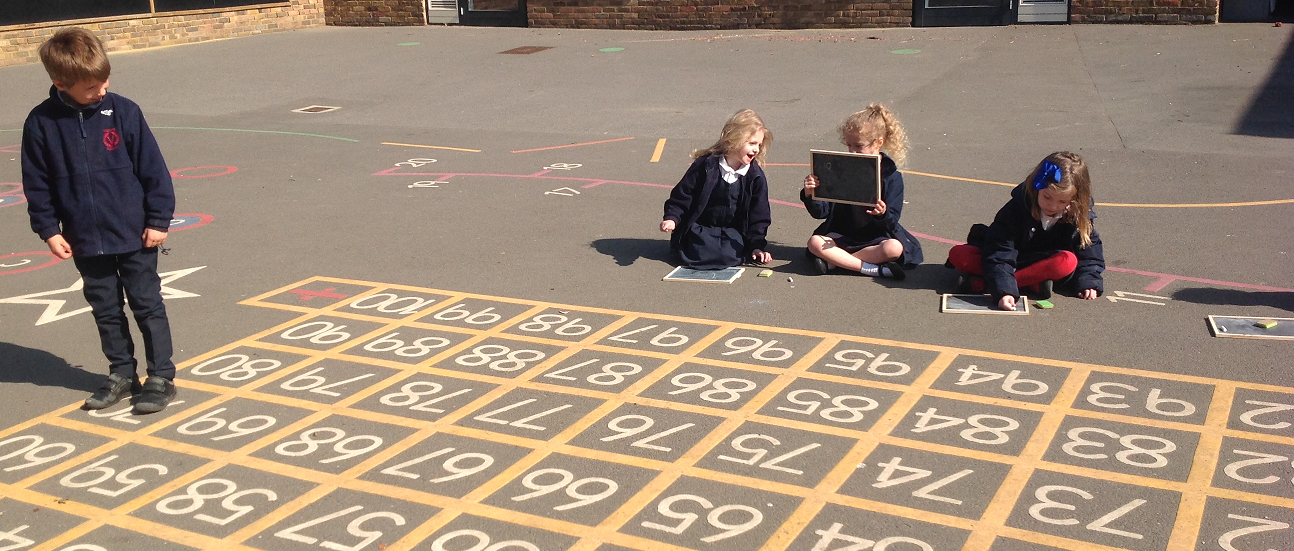Mathematics
Maths at The Vineyard equips children to enjoy and understand mathematical concepts and apply them to problem-solving in the wider world.
Through our carefully constructed curriculum based on the White Rose Maths programme, a Vineyard mathematician learns to:
-
become fluent in the fundamentals of mathematics
-
reason mathematically, justifying answers
-
solve problems efficiently by applying mathematical knowledge
-
use manipulatives to support and show understanding
-
stretch and challenge themselves to achieve their personal best in maths


